Stephen Bridger’s landscape framing technique has captivated viewers worldwide. Bridger’s images aren’t just beautiful pictures; they’re portals into another world, transporting us to the heart of the scene, making us feel the wind on our faces, and the sun on our skin.
His secret? A masterful understanding of framing, composition, and the subtle art of guiding the viewer’s eye.
In this guide, we’ll dive into the intricacies of Stephen Bridger’s landscape framing technique, providing you with the tools and insights to elevate your photography.
Understanding Bridger’s Core Principles
Before we dive into the specifics, let’s lay the groundwork by understanding the core principles that underpin Stephen Bridger’s landscape framing technique.
These principles form the bedrock of his approach, guiding his every decision, from choosing the right lens to positioning his subjects within the frame.
- Simplicity is Key:Bridger believes in the power of simplicity. He avoids cluttering his images with unnecessary elements, focusing instead on the essential elements that tell the story. His compositions are clean, uncluttered, and visually pleasing, allowing the viewer’s eye to flow effortlessly through the scene.
- The Rule of Thirds:Bridger often employs the rule of thirds, a compositional guideline that divides the image into nine equal parts using two horizontal and two vertical lines. He places key elements along these lines or at their intersections, creating a sense of balance and visual harmony.
- Leading Lines:Bridger masterfully uses leading lines (roads, rivers, fences, or even the contours of the landscape itself) to draw the viewer’s eye into the image and towards the main subject. These lines create a sense of depth and perspective, adding a dynamic element to his compositions.
- The Golden Hour:Bridger often shoots during the golden hour, the period shortly after sunrise or before sunset when the light is soft, warm, and diffused. This magical light creates a sense of atmosphere and mood, enhancing the natural beauty of the landscape.
Mastering the Technique
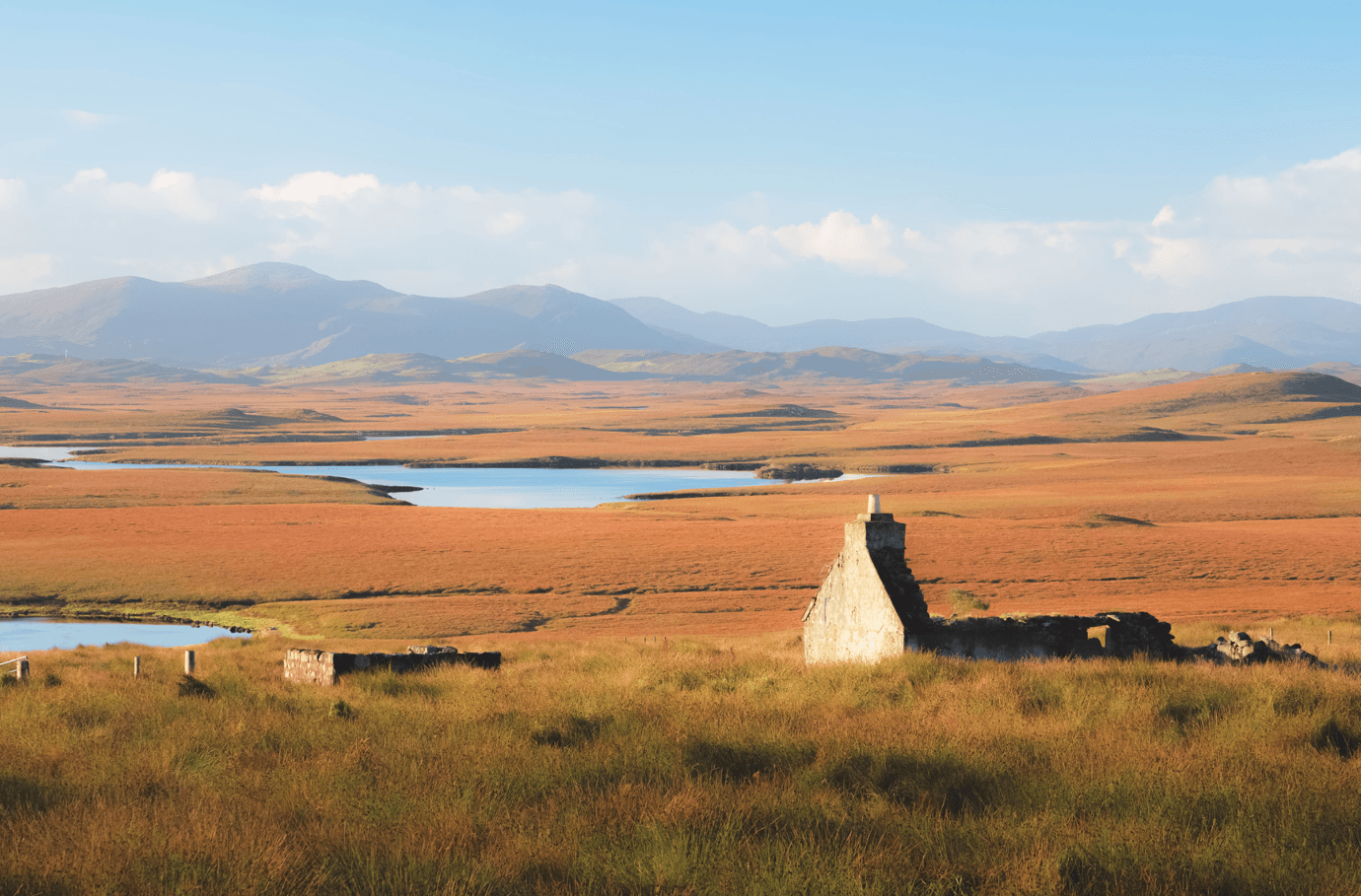
Now that you’ve gained insights from Bridger’s work, it’s time to put these principles into practice. Here are some practical tips and exercises to help you master his framing technique:
- Simplify Your Compositions:Before you press the shutter, take a moment to assess the scene. Identify the key elements that tell the story and eliminate any distractions. Remember, less is often more.
- Experiment with the Rule of Thirds:Practice placing your main subject along the lines or at the intersections of the rule of thirds grid. See how it affects the balance and visual harmony of your images.
- Seek Out Leading Lines:Look for natural or man-made lines that can lead the viewer’s eye into the image. Experiment with different angles and perspectives to see how they affect the composition.
- Shoot During the Golden Hour:Take advantage of the soft, warm light of the golden hour to create stunning landscape photographs. Experiment with different angles and exposures to capture the magic of this special time.
Unleash Your Inner Artist
Mastering Stephen Bridger’s landscape framing technique is a journey, not a destination. It takes time, practice, and a willingness to experiment. But with dedication and persistence, you can learn to see the world through Bridger’s eyes.
Learn from his powerful work to fine-tune your techniques. When you’re ready, go out there, explore, experiment, and unleash your inner artist. The world is your canvas; the possibilities are endless.

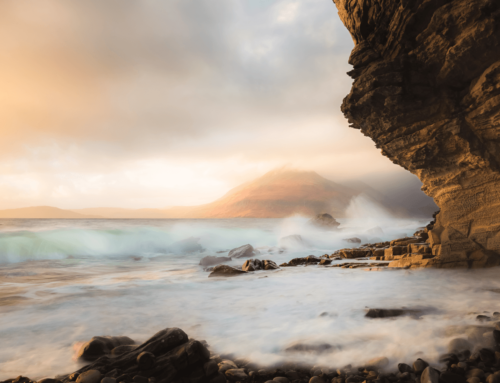
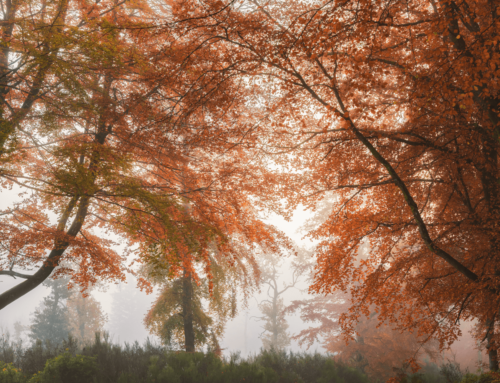
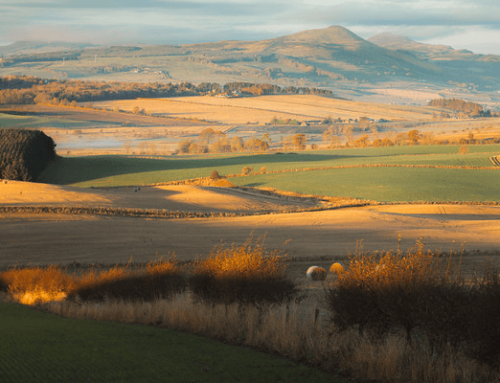
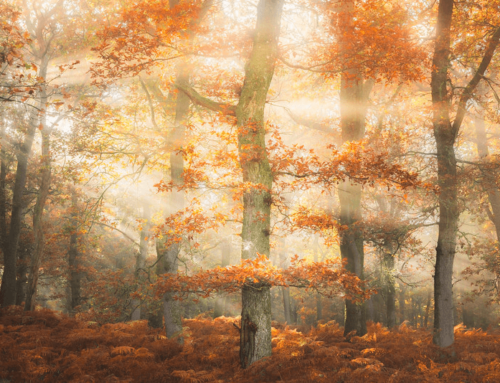

Leave A Comment